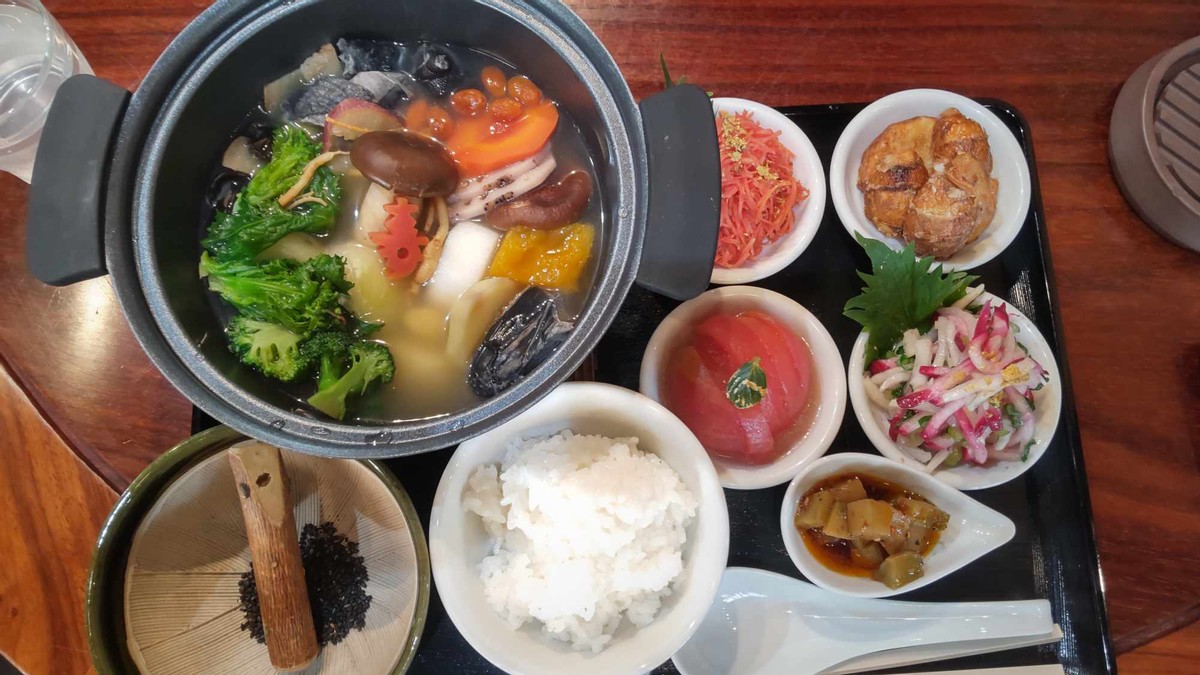
Last month, my husband and I went to our favorite restaurant in Nara Prefecture to have Yakuzen cuisine again. On the way to the restaurant, I came across some very old onigawara (roof ornamentation). It's very rare seeing them nowadays, so I took some pictures (see blow).
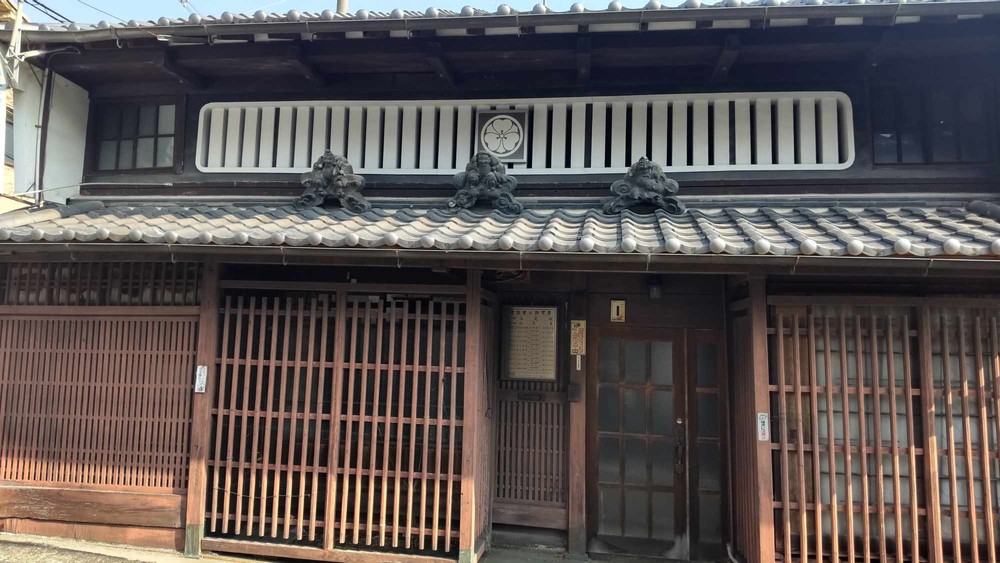
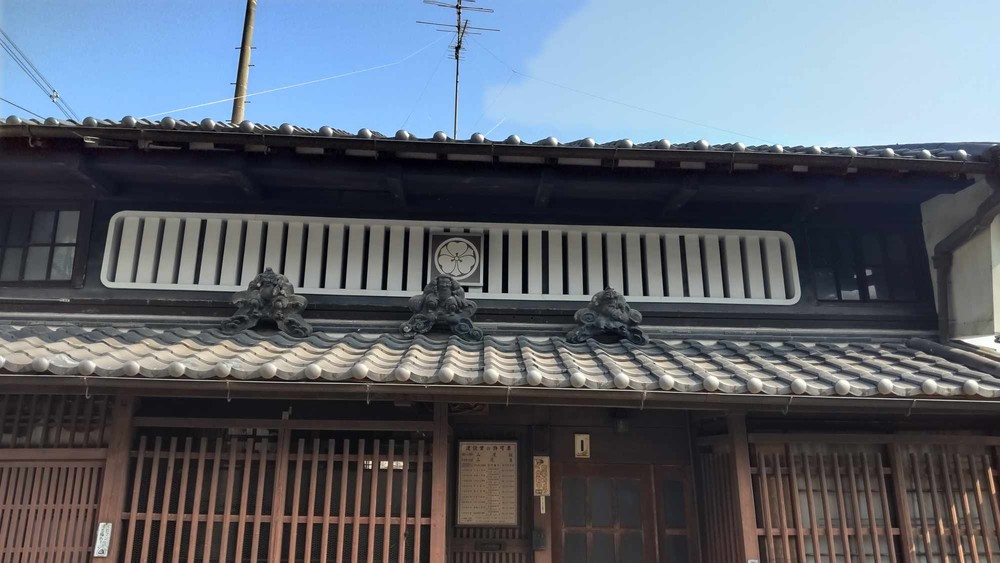
I don't know what this building (the picture below) is but it looks very old too.
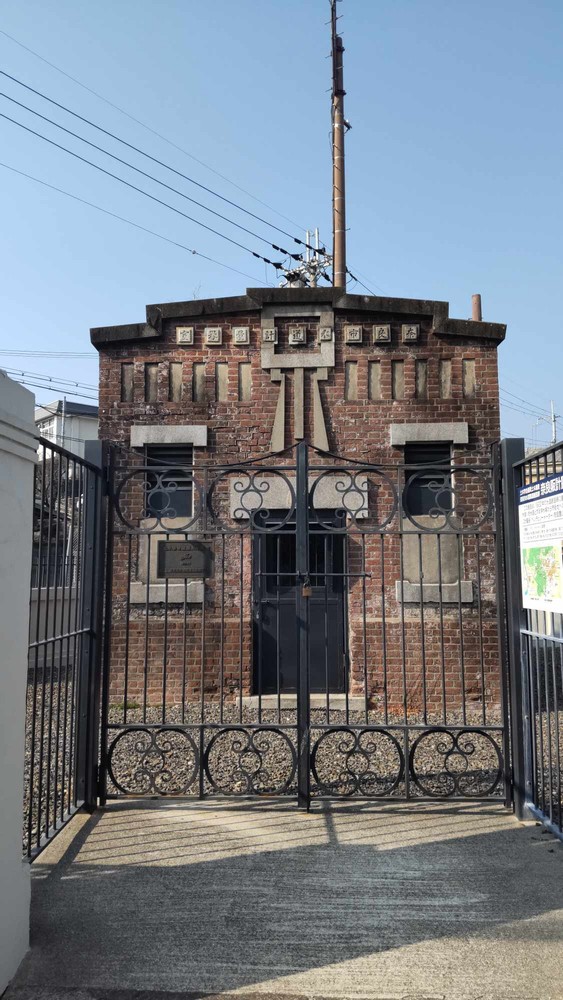
This is our favorite restaurant!
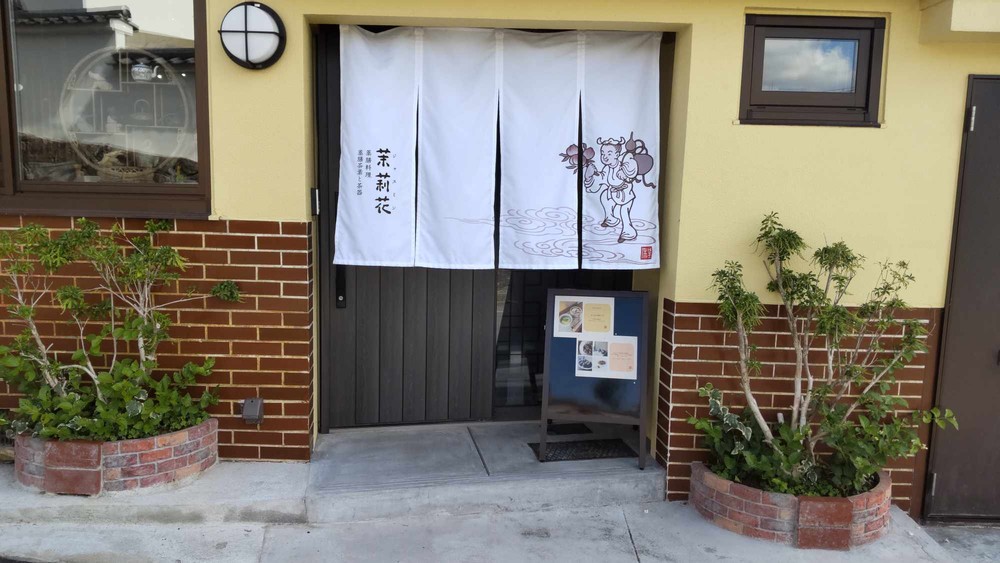
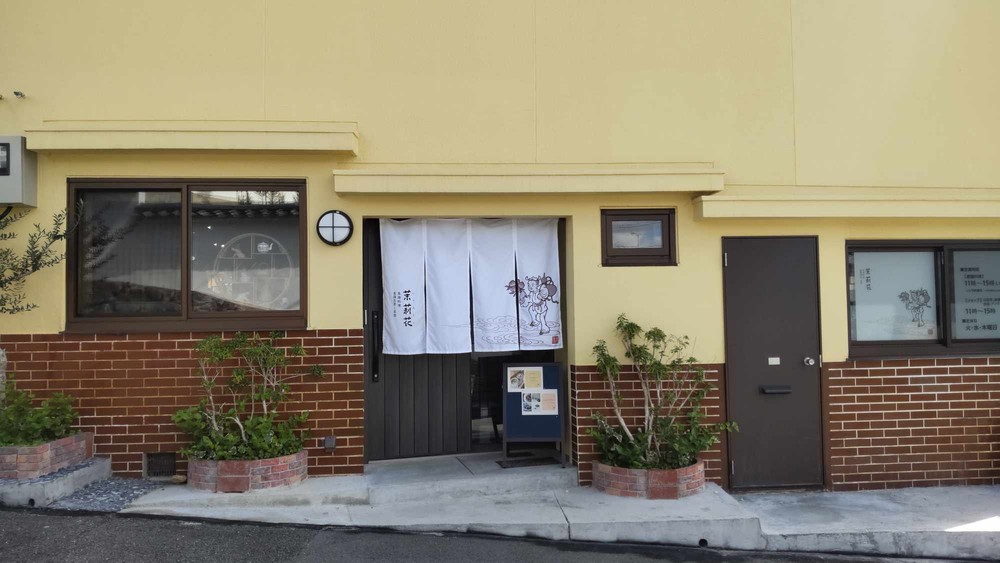
The menu in January was specially prepared for Chinese New Year. You can see black looking meat in a bawl of soup, which is a kind of chicken called ukokkei in Japanese. I've seen them a State Fair in Idaho when I visited one of my American friends, but it was my first time actually eating them. Their meat, skin and bone were completely black, but they tasted just like regular chicken. In China, ukokkei has long been considered a valuable ingredient, and emperors are said to have eaten it in pursuit of immortality.
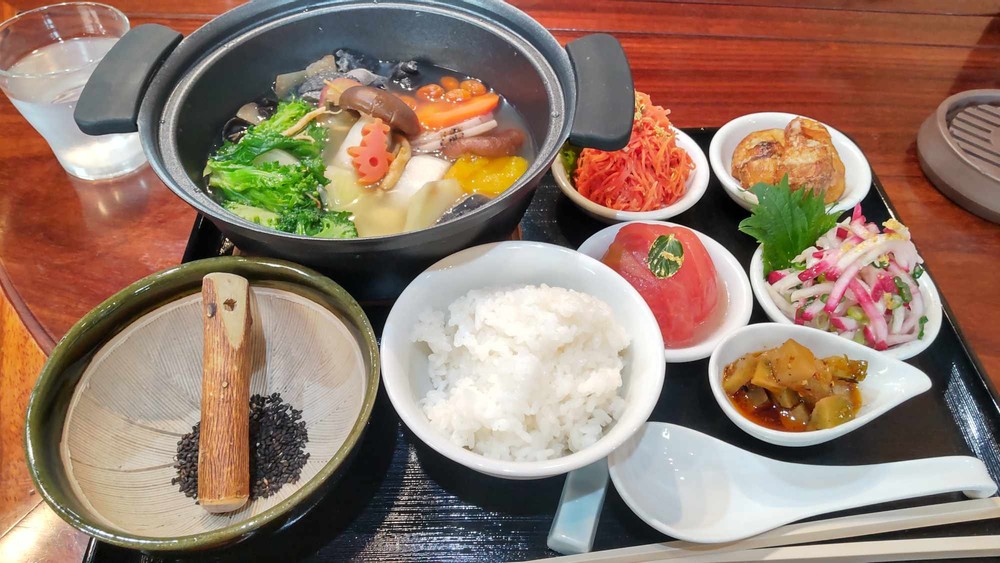
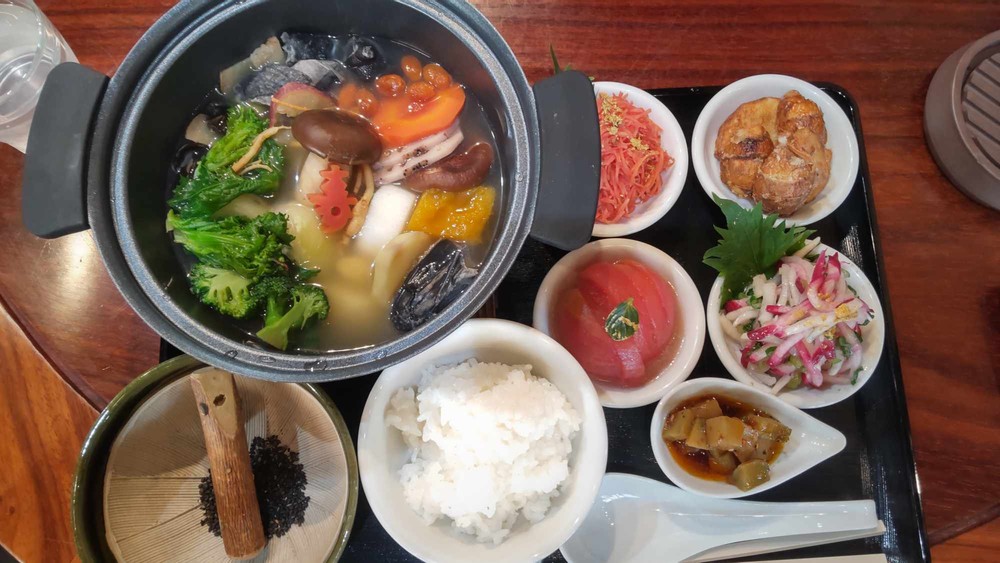
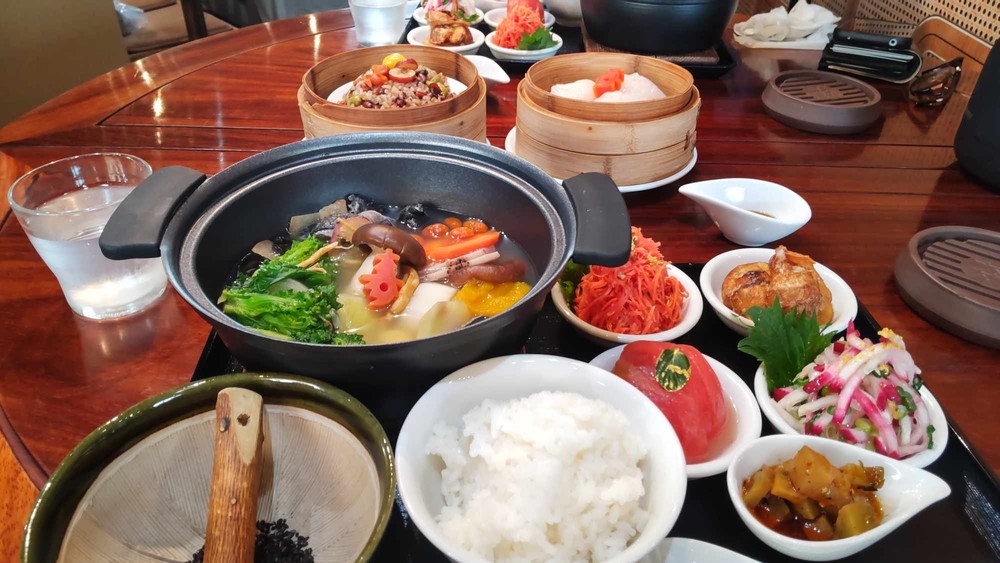
In the picture below, you might notice a vegetable shaped like a kanji character on the right side. It was made from a carrot and said 寿 (kotobuki) in Japanese, which means longevity (shou). We often use decorative food like this to celebrate special occasions.

You can also see it floating in the soup here.
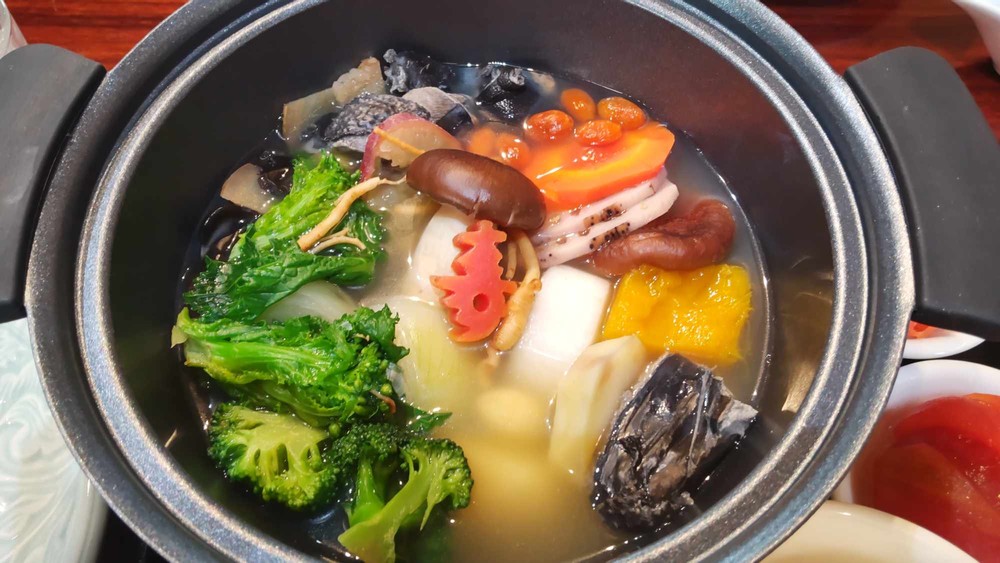
Another decoration is real gold powder. We sometimes use gold leaf too, and you can see the powder on the carrot dish and on the radish dish in the picture below.
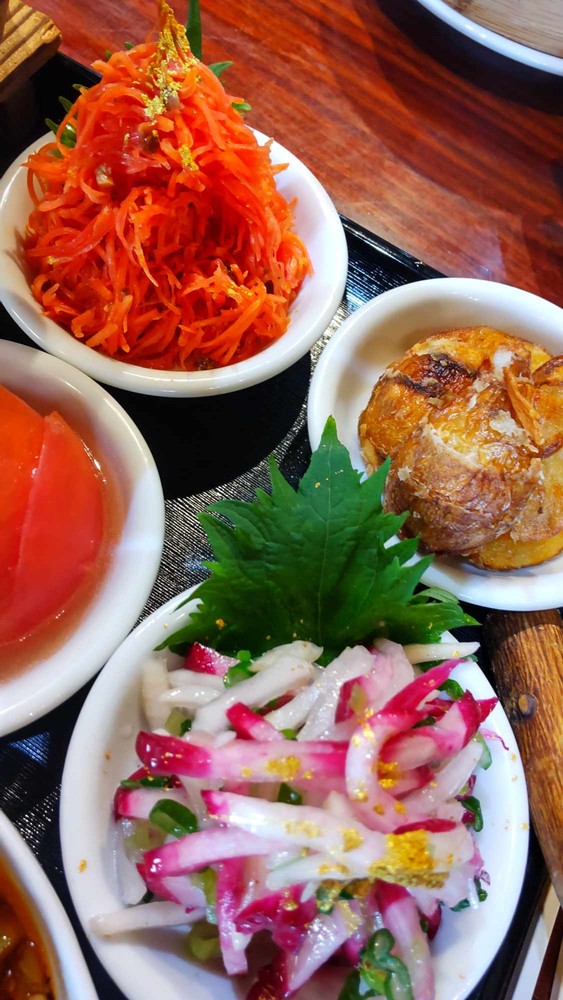
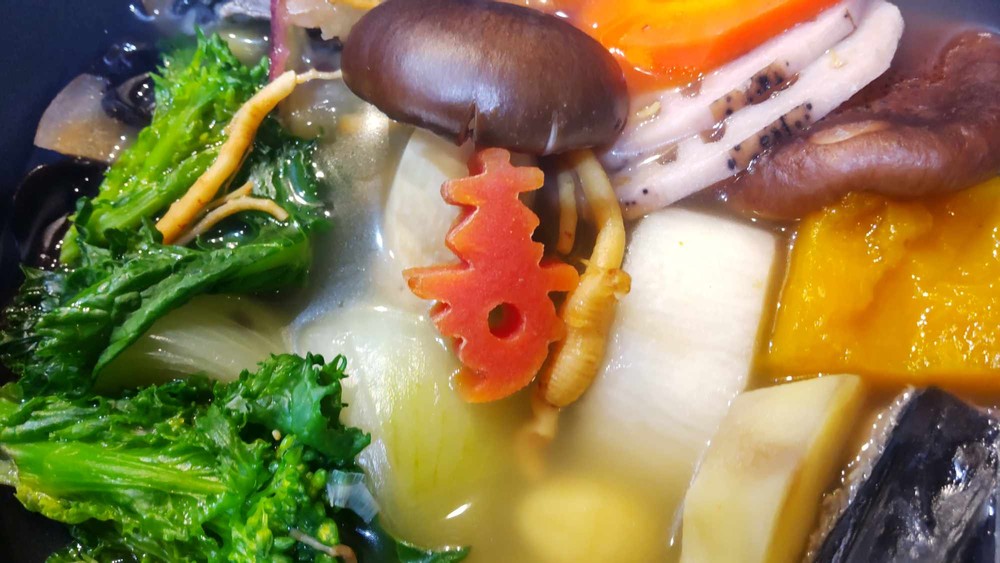
I love Chinese tea, and this restaurant always serves very high quality tea.
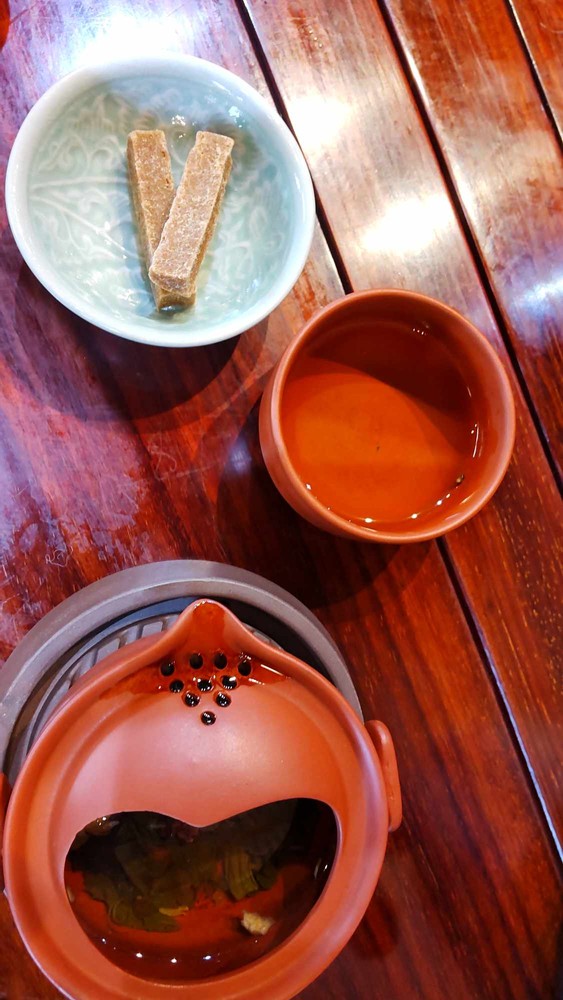
The last two pictures show two different desserts. Both are dumplings.
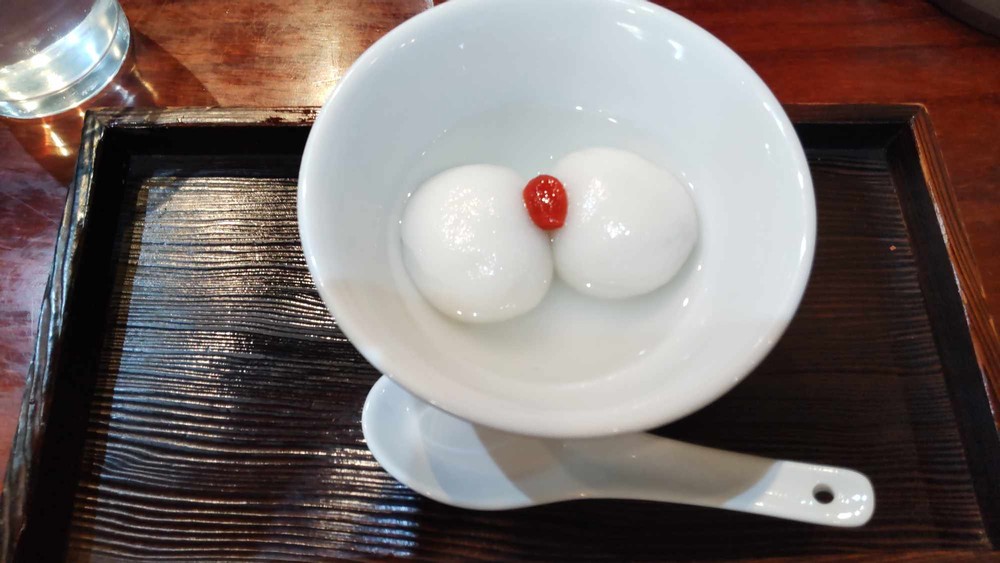
The one in the picture below is called momo-manjū because of its shape. Momo means peach in Japanese.
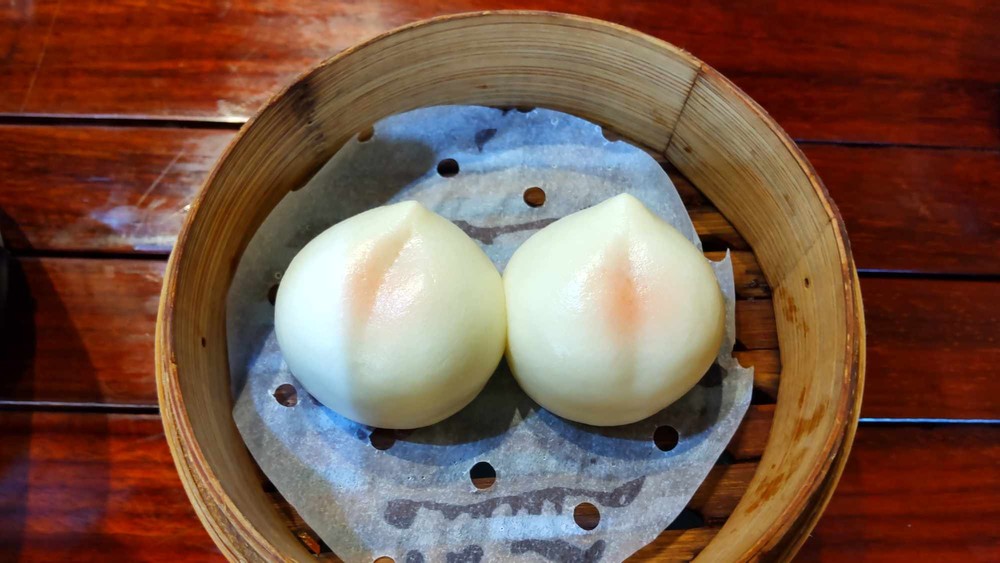
We had wonderful special lunch for Chinese New Year. Since we had lots of different kinds of vegetables and this unique chicken, it felt like we became a little healthier!
(4800)
I didn’t know that gold leaf is edible.
Thank you for reading and commenting! I'm glad you learned something new from my post.
はーっ美味しそう!!!
@Lariza ありがとうございます。